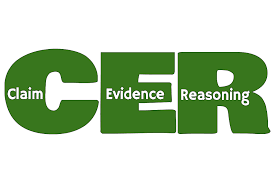
In the world of scientific inquiry and training, the concept of Claim Evidence Reasoning (CER) serves as a foundational framework for guiding students in building medical causes and arguments. Let’s delve into this powerful method, exploring its components, implementation manner, benefits, challenges, and greater.
Introduction to Claim Evidence Reasoning (CER)
What is CER?
At its middle, CER is an established approach used in clinical investigations to construct and compare arguments. It includes creating a declaration and presenting proof to aid that declaration, after which reasoning explains the connection between the claim and the evidence.
Importance of CER in Scientific Inquiry
CER plays a pivotal position in promoting crucial thinking skills and enhancing college students’ expertise in clinical concepts. By engaging in this procedure, newcomers broaden their capacity to investigate records, draw logical conclusions, and communicate their findings efficiently.
Components of Claim Evidence Reasoning
Claim: Making a Statement or Assertion
The declaration is the critical idea or argument that the person is trying to convey. It has to be concise, precise, and primarily based on proof.
Evidence: Providing Data or Observations
Evidence serves because of the aid for the declaration. It includes statistics, observations, and research findings that substantiate the assertion being made.
Reasoning: Explaining the Connection
Reasoning entails imparting a logical clarification of how the proof helps the declaration. It requires crucial thinking and a know-how of the underlying principles.




0 Comments